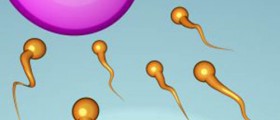
The numbers were compared to women who conceived naturally or used other assisted reproductive treatments. The risk of stillbirth is 4 times greater, but it is also important to bring out that the absolute risk was still small. For example, the risk for naturally (or non-IVF assisted) conceptions was approximately 4 stillbirths per 1000 pregnancies, which is less than 1%, while the risk with IVF or ICSI was approximately 16 stillbirths per 1000 pregnancies. This leads to conclusion that these techniques raise the risk by approximately 12 stillbirths per 1000 pregnancies or about 1%. In other words, one woman in a hundred might experience a stillbirth because she underwent IVF or ICSI.
Additionally, the findings are confounded by the fact that women receiving IVF or ICSI may be at increased risk of stillbirths due to factors such as their age. As a comparison, a study that was conducted by Swedish scientists on a large group of women (27,000 women having IVF) and a control group of more than 2 million women with natural pregnancies, suggests that no increase in stillbirths from either IVF or ICSI treatment was found. Moreover, it is important to bring out that when undergoing IVF or ICSI, couples should be encouraged to opt for single embryo transfer in order to reduce the risk of multiple birth pregnancy such as preterm birth, low birth weight, and serious health problems.

















Your thoughts on this
Loading...